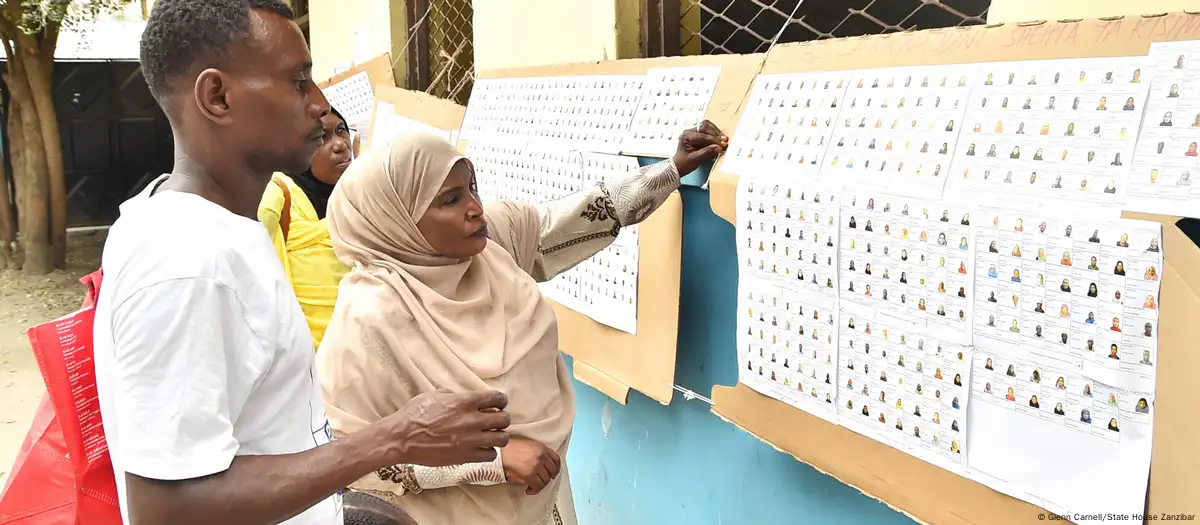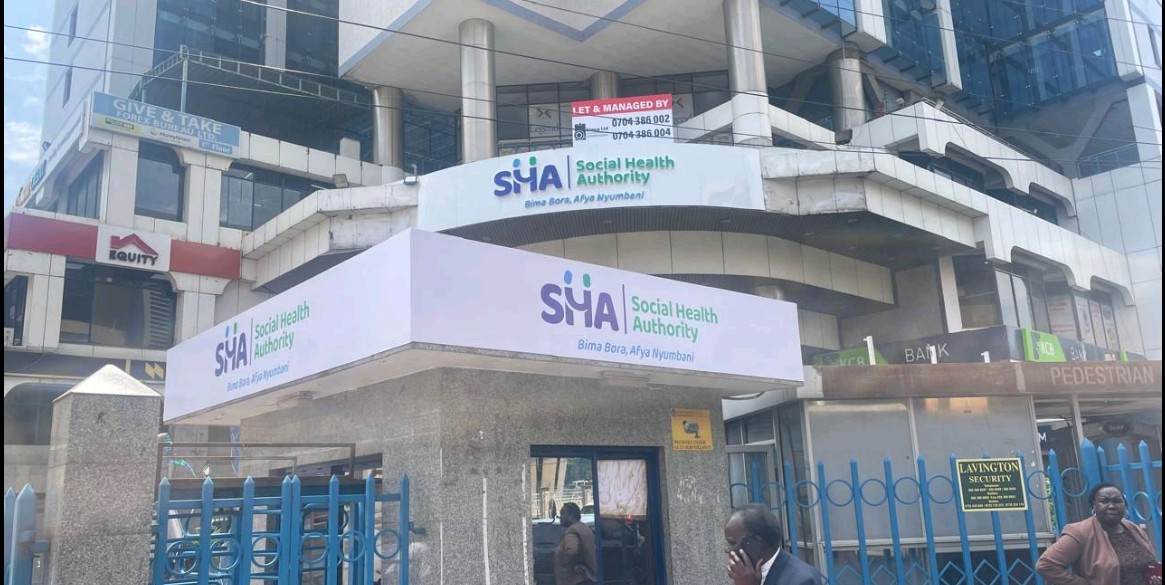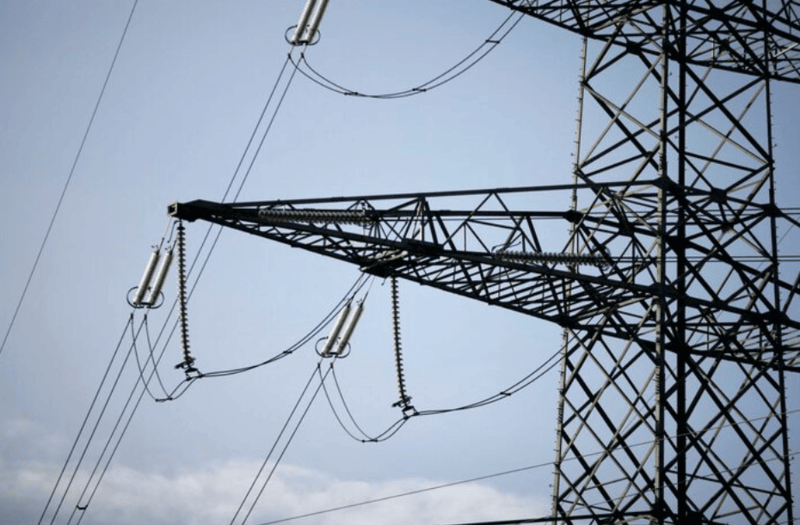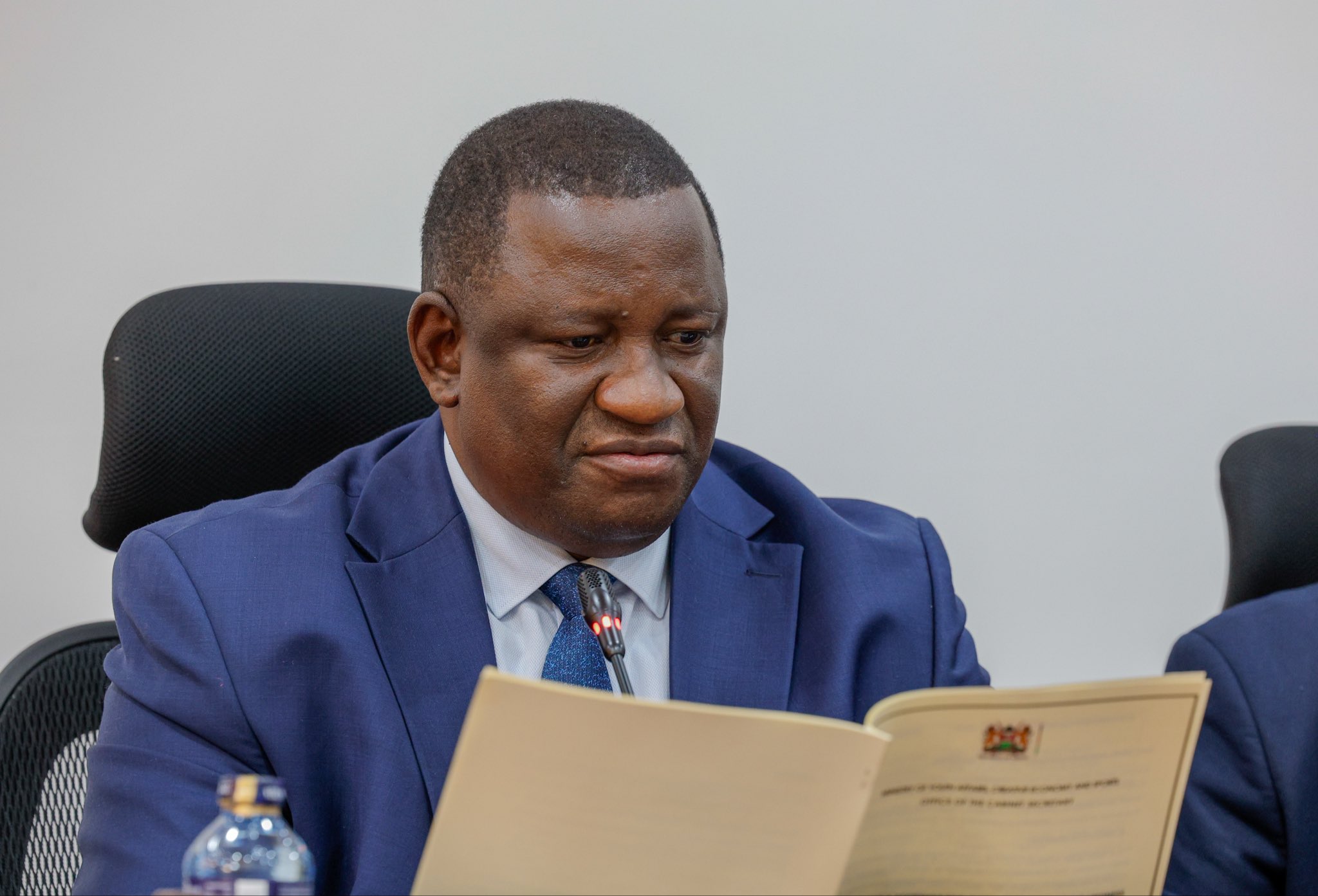Kenya's inflation rate rises to 6.9 per cent in January

The general price level of commodities reflected a continued rise in the cost of living for many households.
Kenya's inflation rate increased to 6.9 per cent in January, from 6.6 per cent in December, according to the latest data from the Kenya National Bureau of Statistics (KNBS).
The data collection is conducted in the second and third weeks of the month from a representative sample of outlets located in 50 zones across the country.
More To Read
- Side hustles gain ground as stagnant salaries push youth to rethink work
- IMF questions Kenya’s exchange rate policy amid new funding negotiations
- Businesses project job growth, stronger sales as festive season draws near
- Top 10 largest African economies in 2025 by Gross Domestic Product (GDP)
- Why farmers are not taking up loans for scaling up- experts
- IMF revises Kenya’s 2025 growth forecast upward to 4.8 per cent
This rise measured by the Consumer Price Index (CPI) was mainly driven by increases in prices of commodities under transport (10.6 per cent), housing, water, electricity, gas and other fuels (9.7 per cent), and food and non-alcoholic beverages (7.9 per cent).
The CPI and inflation are generated from data collected through monthly surveys of retail prices that target a representative basket of household consumption goods and services.
The general price level of commodities reflected a continued rise in the cost of living for many households.
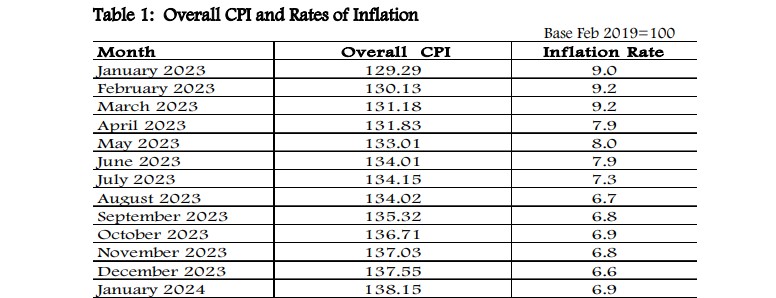
The report notes that prices of cabbages, carrots, oranges and potatoes (Irish) increased by 10 per cent, 7.4 per cent, 3.1 per cent and 1.7 per cent, respectively, between December 2023 and January 2024.
However, during the same period, prices of mangoes, tomatoes and sugar dropped by 3.8 per cent, 3.6 per cent and 2.2 per cent respectively.
The Housing, Water, Electricity, Gas and Other Fuels Index increased by 1.6 per cent between December 2023 and January 2024. This was mainly due to an increase in prices of 200 kWh and 50 kWh of electricity by 11.4 per cent and 13.7 per cent respectively.
The increase was attributed to the foreign exchange rate fluctuation adjustment per kWh, by 103.1 per cent. However, the price of a litre of Kerosene dropped by 2.4 per cent during the same period.
The Transport Index dropped by 0.9 per cent during the period, mainly due to the decrease in prices of petrol and diesel by 2.3 per cent and 2.5 per cent respectively.
Top Stories Today
